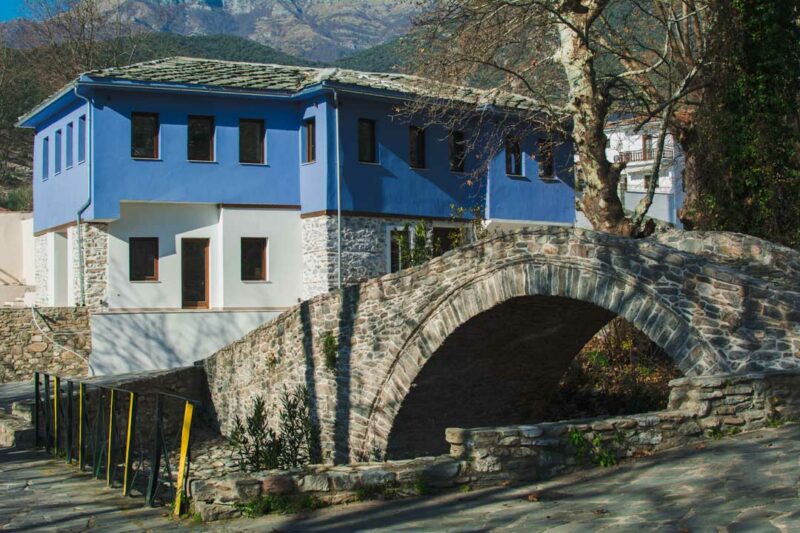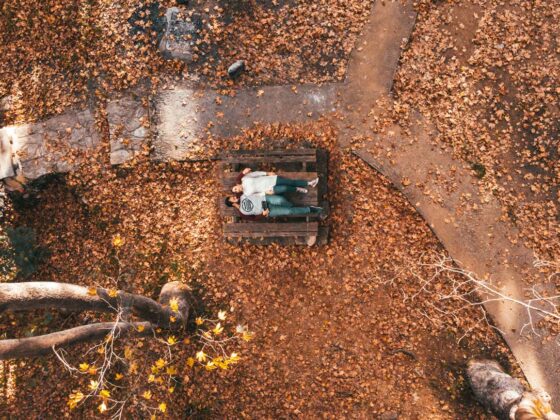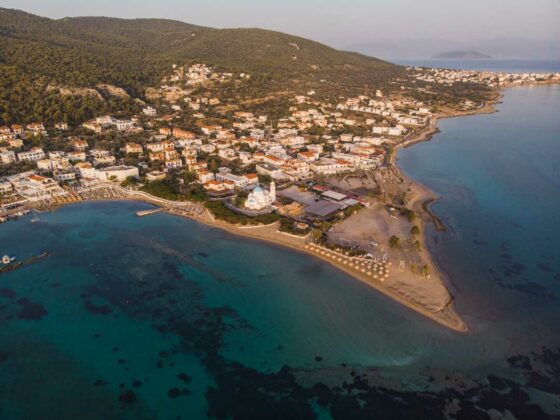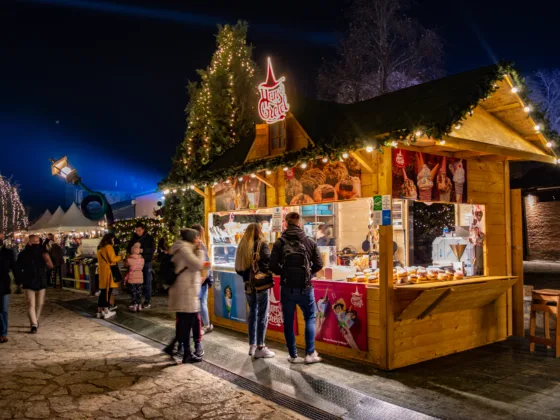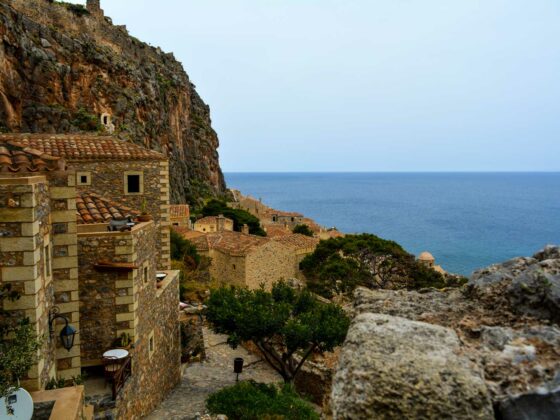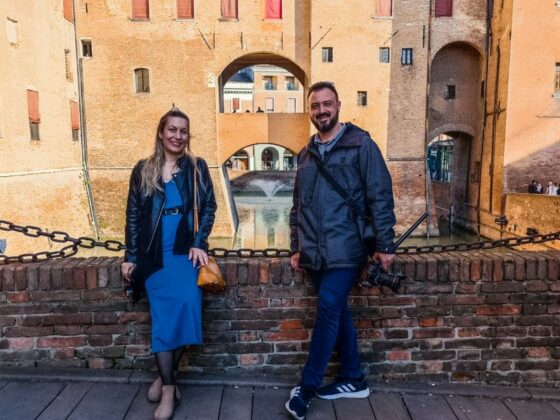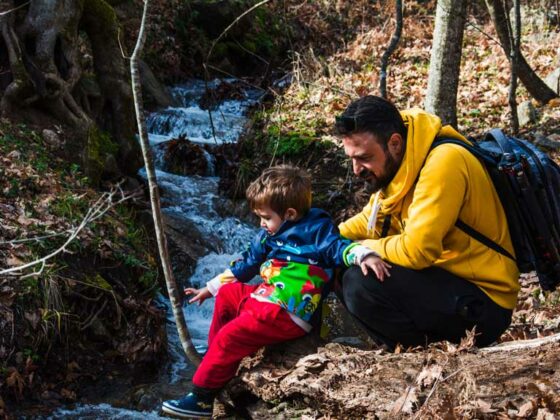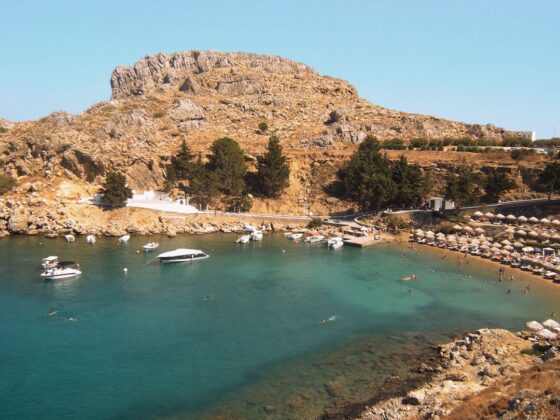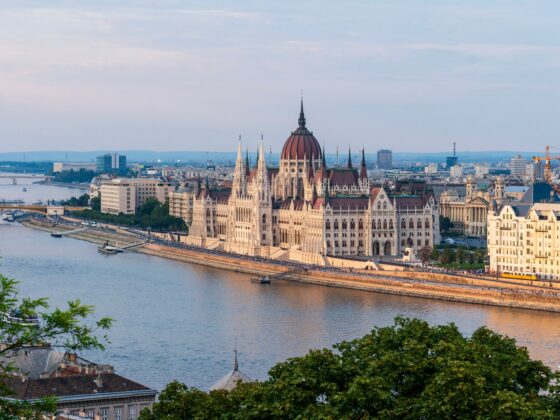We are preparing an excursion to the villages of Paggaio. And more specifically, to discover the villages of Moustheni, Mesoropi and Domatia. In the last few years they have started to reach more and more visitors from all over Greece, thanks to the promotion of the unique natural landscapes of the Pangean Mountains, the rapid development of wine tourism in the prefecture and the new hotel units that have opened in the area.
Some even like to call the villages of Paggaio the “Pelion of Kavala”
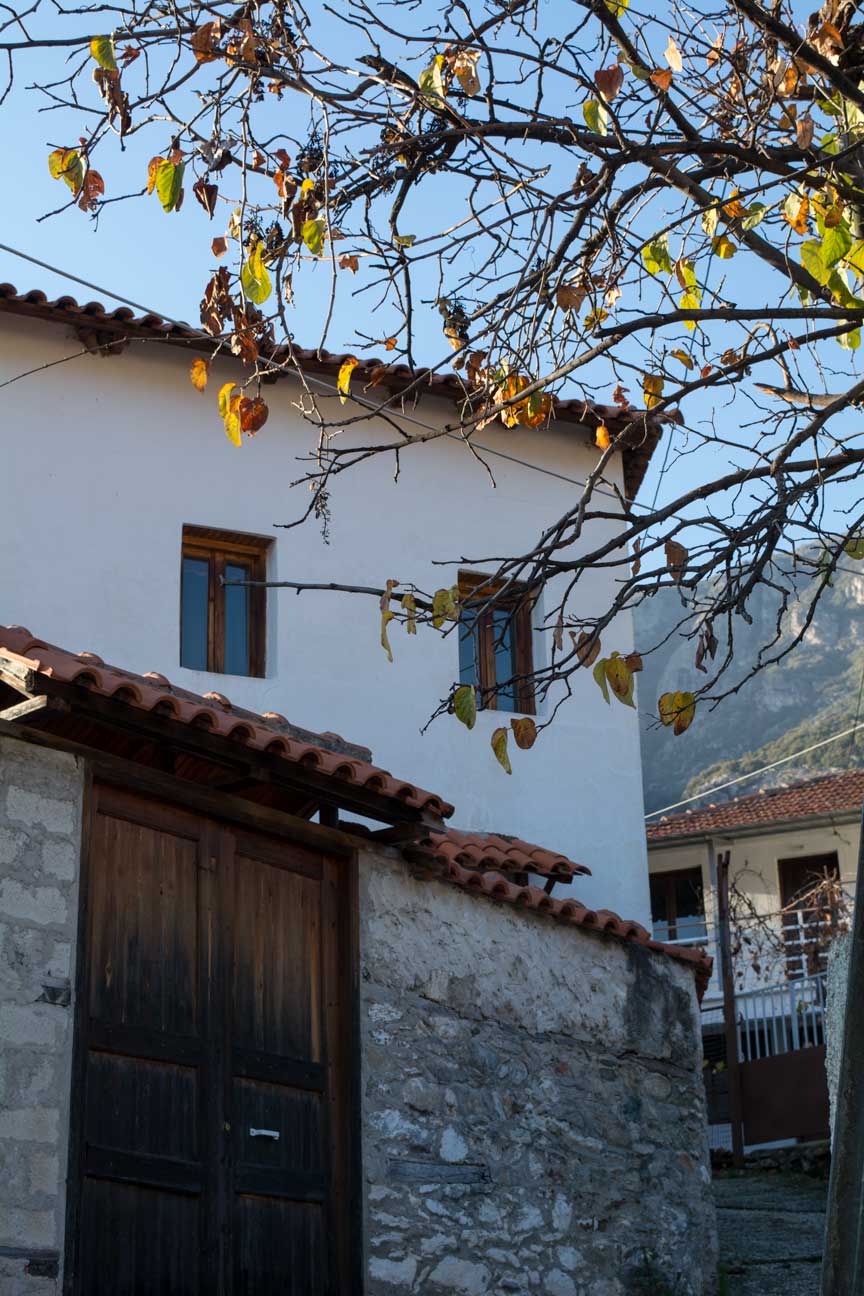
Being only 40 km from Kavala and 125 km from Thessaloniki, these villages are a nice place for short trips.
These villages are characterized by small stone arched bridges, narrow streets, traditional houses of Macedonian architecture and countless hiking trails leading to beautiful natural landscapes.
We would say that the best time to visit the villages and stay in one of the guesthouses in the area is spring and fall.
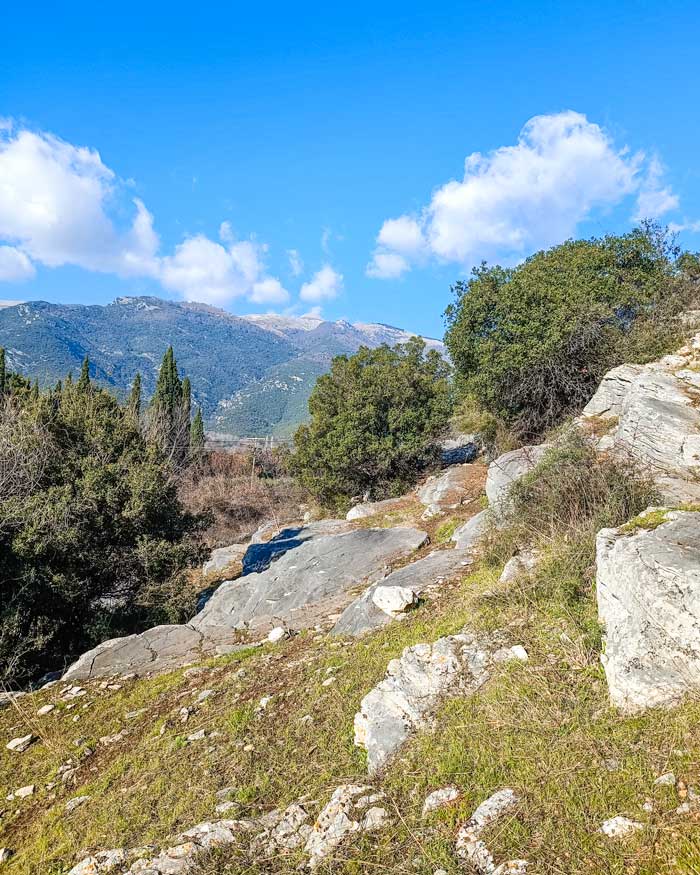
Three villages of Paggaio you have to visit.
1 Moustheni Village
Moustheni is a village that will surely win you over with its picturesqueness. Starting our walk from the lower square and the church of the Assumption of the Virgin Mary, we are immediately impressed by the beautiful traditional stone houses and of course the arched bridge with the famous blue house, which is the trademark of the village.
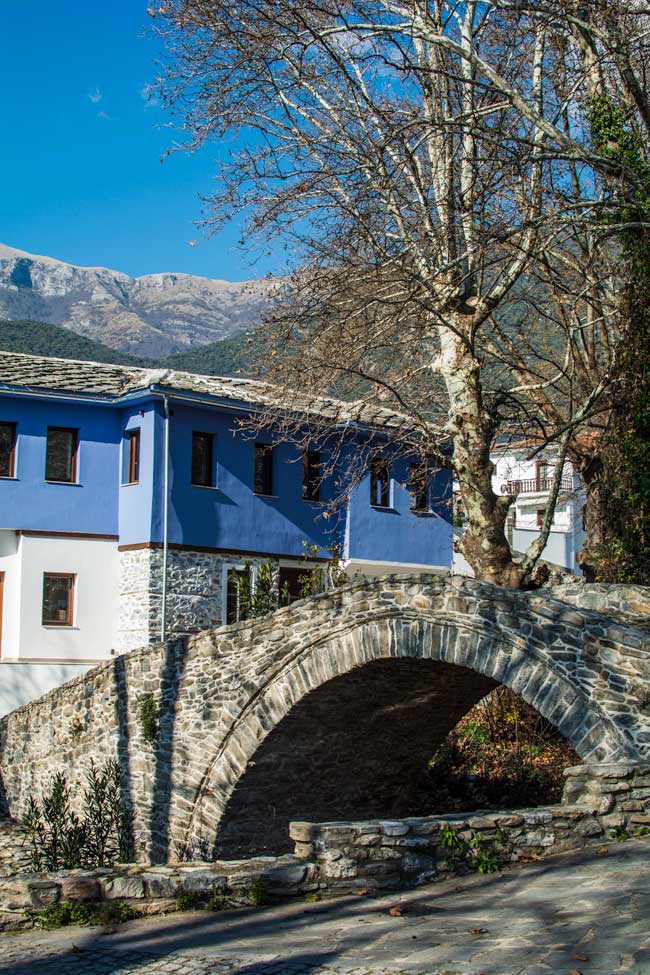
The Marmaras River is crossed by small arched stone bridges. They were built by craftsmen from Epirus in the post-Byzantine period and completed during the Turkish occupation. Their purpose was to unite the Christian and Muslim communities, since the population of the villages was mixed at that time. It is said that on the day of the inauguration, on one side the Christians offered holy water and on the other side the Muslims sacrificed a calf.
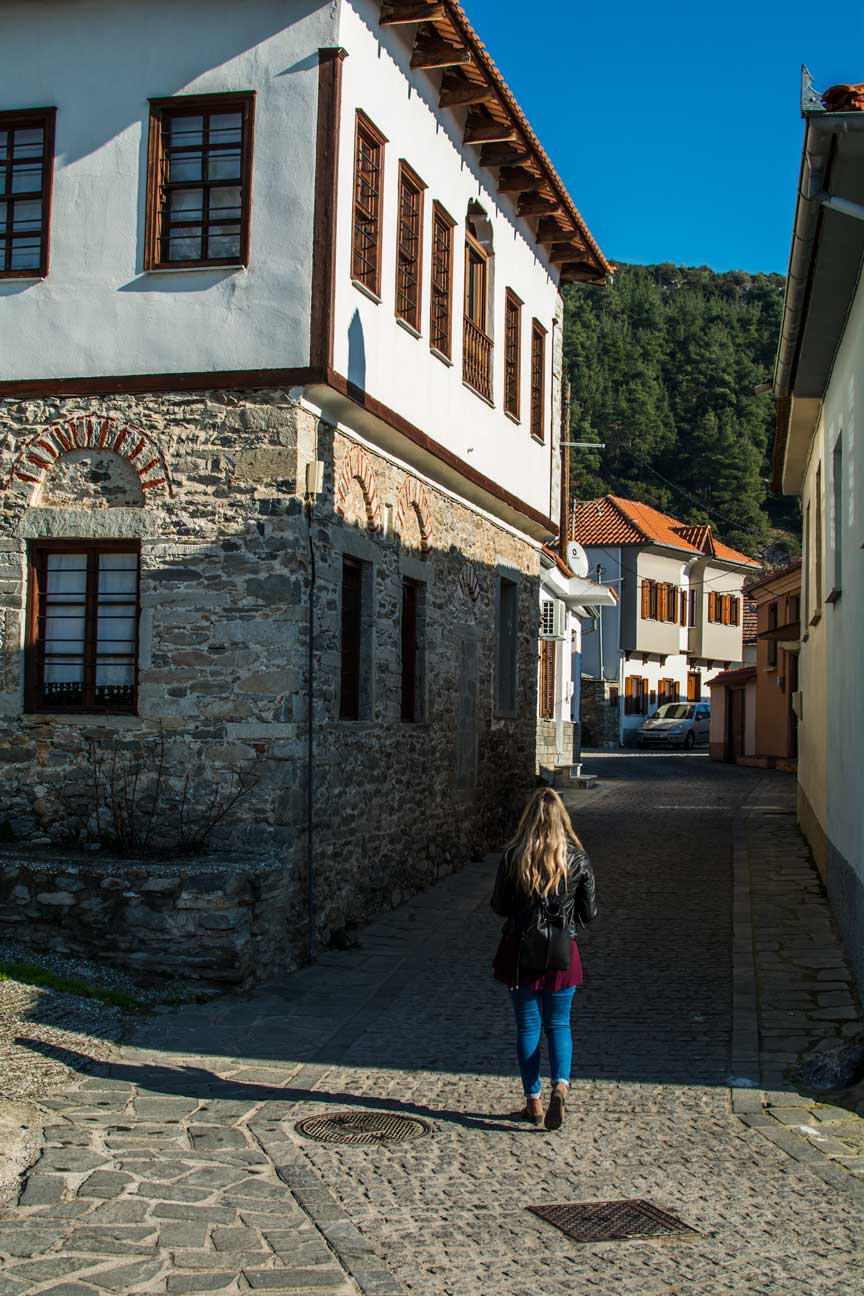
If you take a walk in the village you will see the fountains of the village, the old Turkish School, the Folklore Museum and the old Greek School. Going uphill you will find the central paved square of the village with a nice view where you can sit at one of the tables spread around the square and enjoy your coffee or if it is lunch time you can enjoy nice snacks at the “Tzami”.
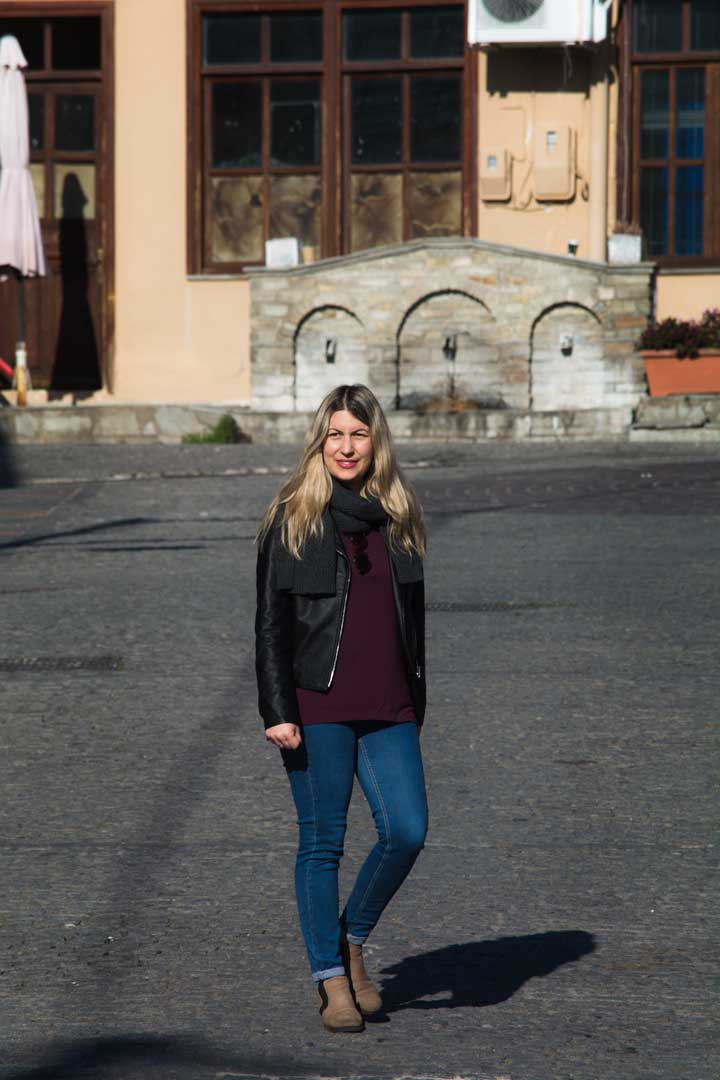
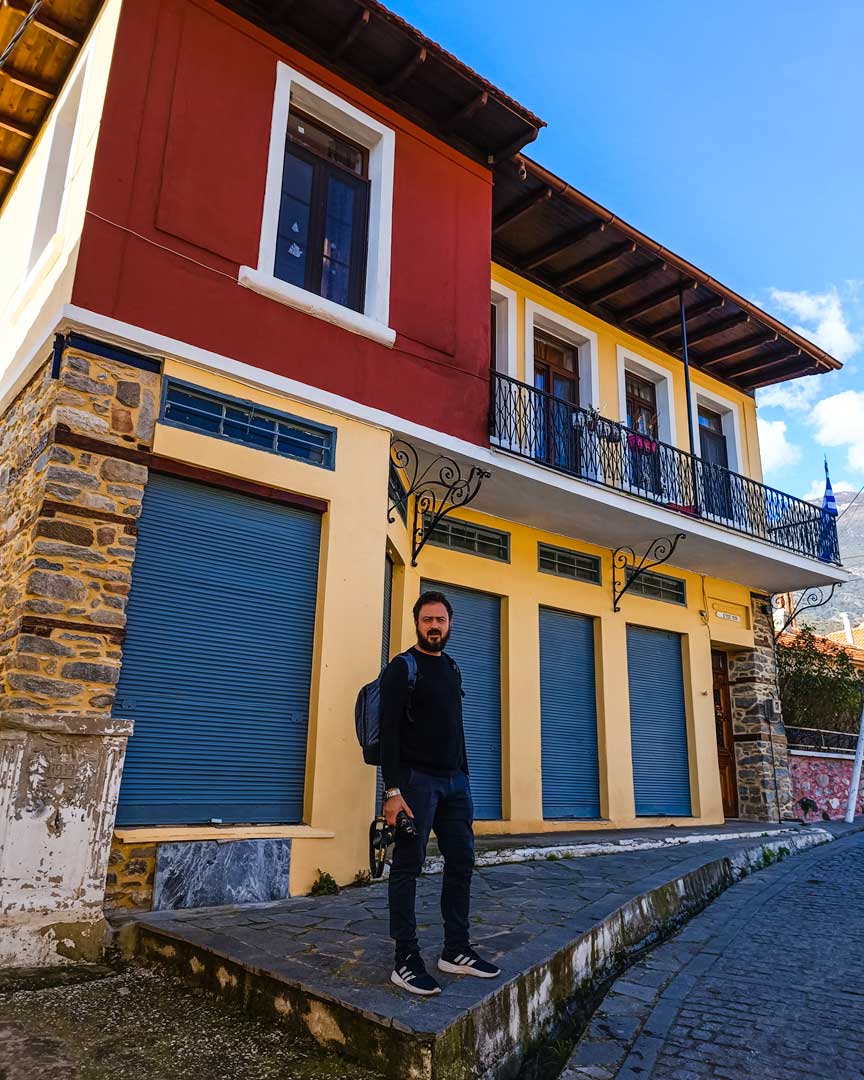
Before leaving the village, you should make a stop at the “Holes of Panagia”, which are located near the entrance of the village. The people of Mousthenis keep the icon of Panagia there.
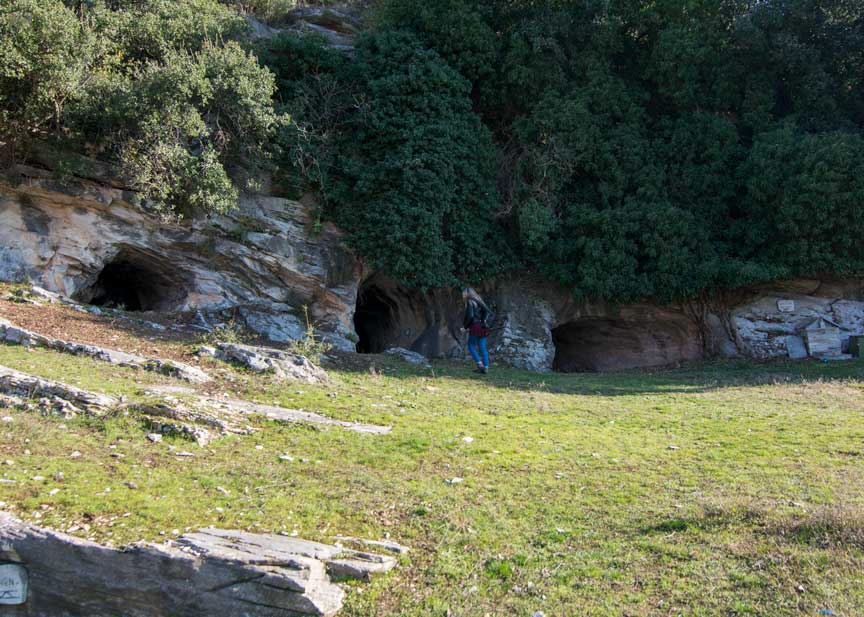
You will see it in a prominent place at the beginning of the cave. Legend has it that if you follow the path through the cave, it will lead you to the Monastery of Panagia Ikosifonissa.
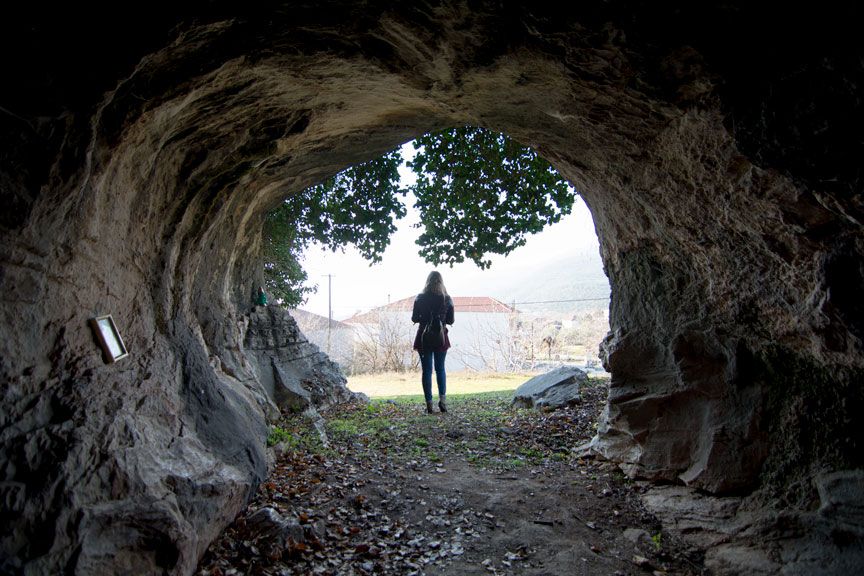
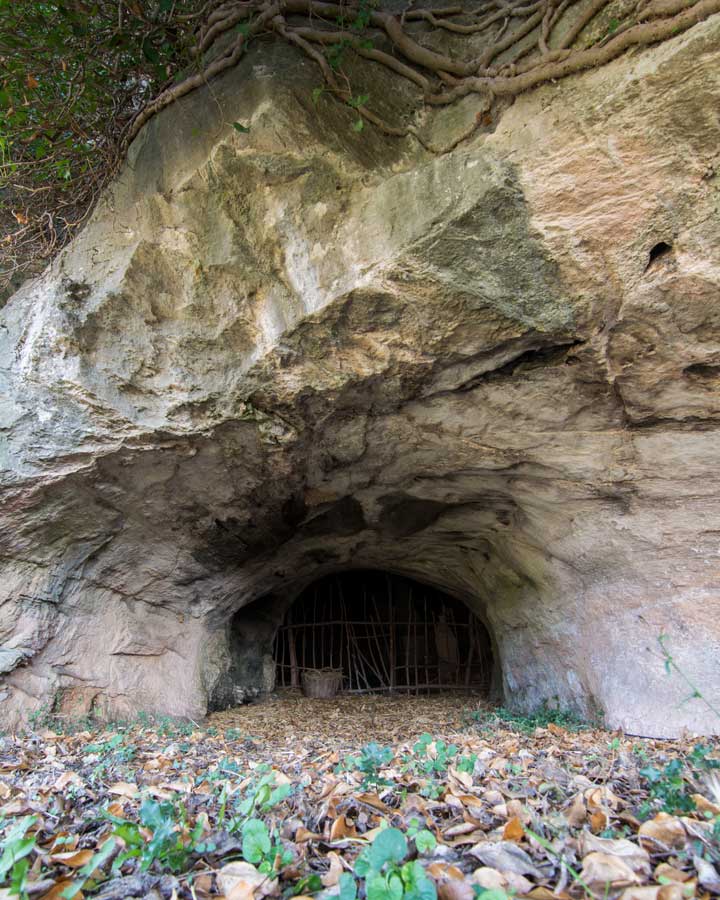
2 Mesoropi Village
The village of Mesoropi is built at the foot of Mount Paggaio at an altitude of 350 m. Historically it is one of the most important villages of the region. Great personalities and peoples have passed through the village either as visitors or conquerors in ancient and modern history, such as Alexander the Great, Leo III Issayrus, Cosmas the Aetolian and others.
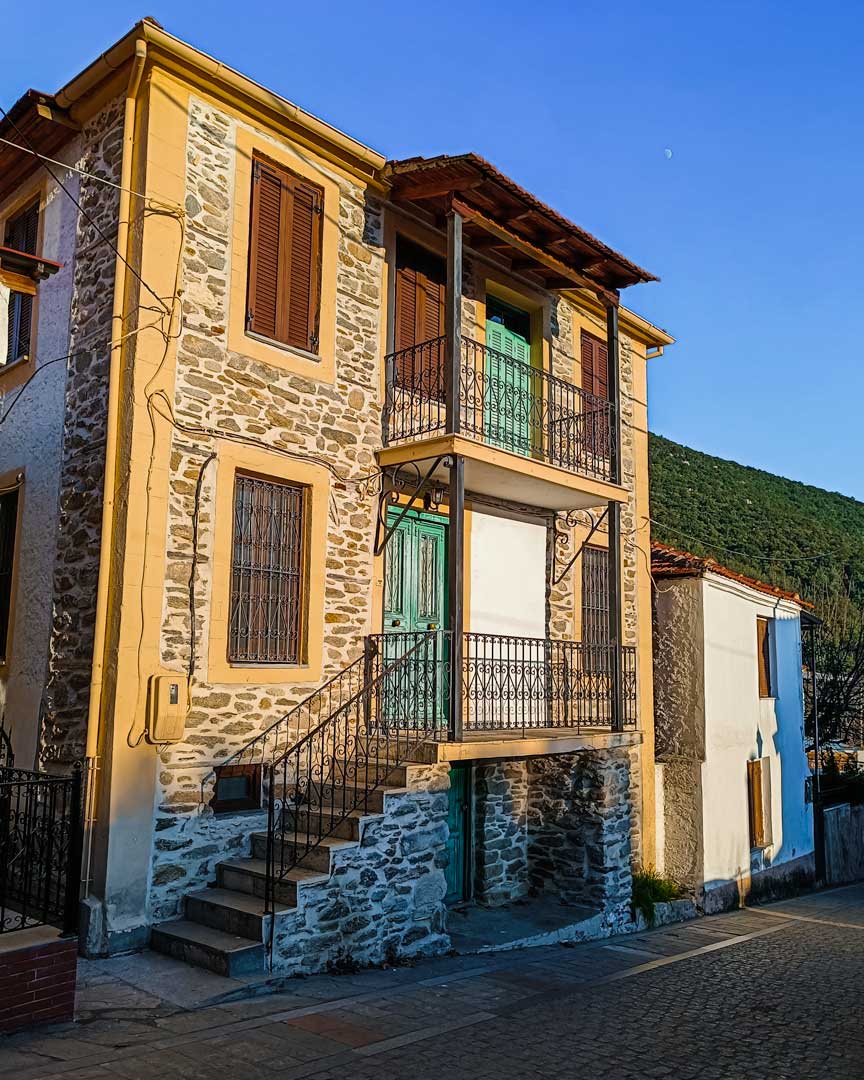
Walking through the narrow cobbled streets of the village, you can see the beautiful mansions of the 19th and 20th centuries (some well preserved, some abandoned), which testify to the former wealth of the area, as well as the old tobacco shops. The tobacco trade was at its peak in the 19th century in the wider area of Kavala Prefecture.
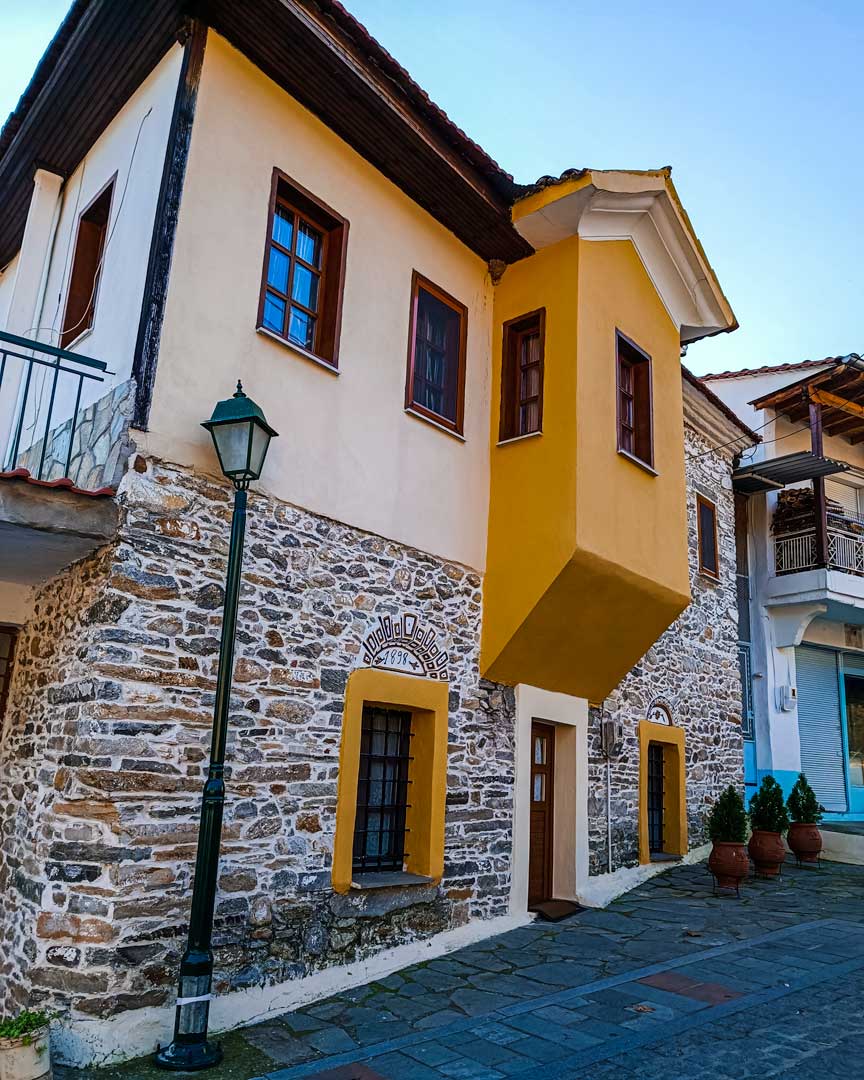
In the village there are two churches that follow the two religious calendars. The church of Agios Georgios with the new calendar and the church of Timios Prodromos with the old calendar.
Book a room at Culinary Boutique Hotel Kladi Elias. One of the most beautiful guesthouses in the region, which will offer you many culinary delights.
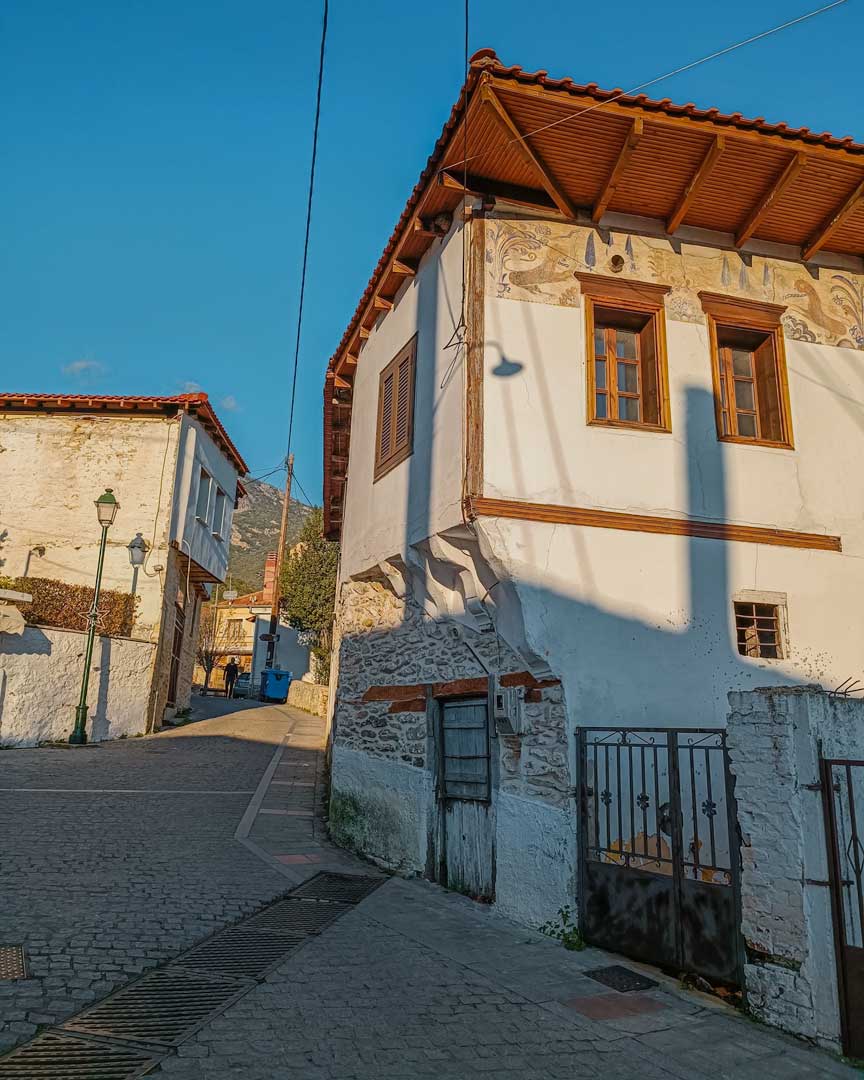
Mesoropi, however, stands out because it has a small paradise hidden in its arms. That’s why the first thing we did when we arrived in the village was to follow the signs just outside the village for the “path”, a very easy to follow hiking trail that will take us to the depths of Mesoropi. The landscape that unfolds before us is more than dreamlike. It is a peaceful little paradise.
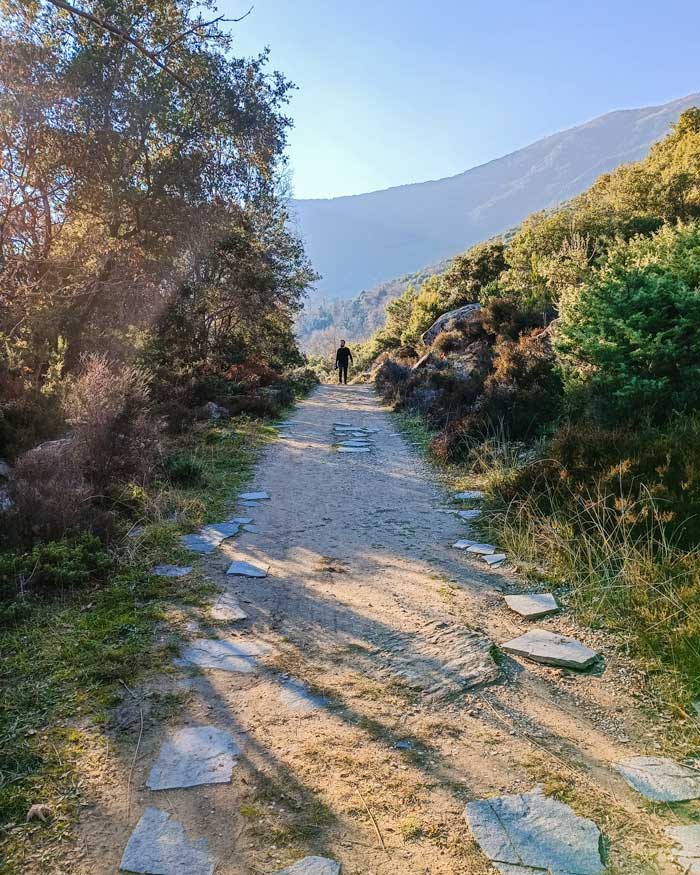
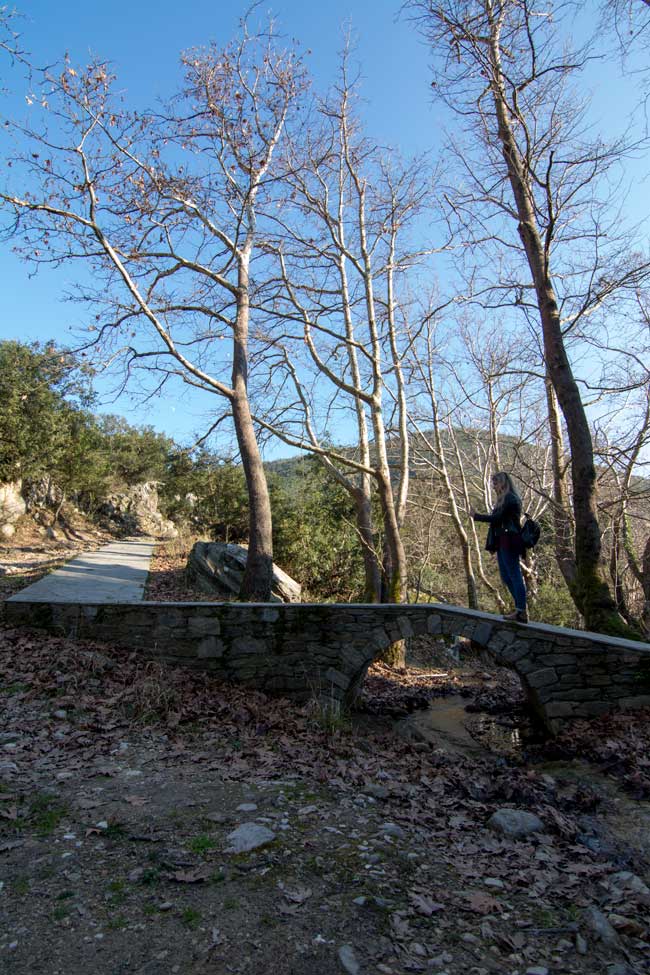
The crystal clear turquoise water is filled with swimmers during the summer months. The path along the stream is very pleasant, under the majestic plane and chestnut trees. If you cross the entire path, you will come across wooden bridges and small and large waterfalls. To cross the whole trail you should estimate about 5.5 hours of walking.
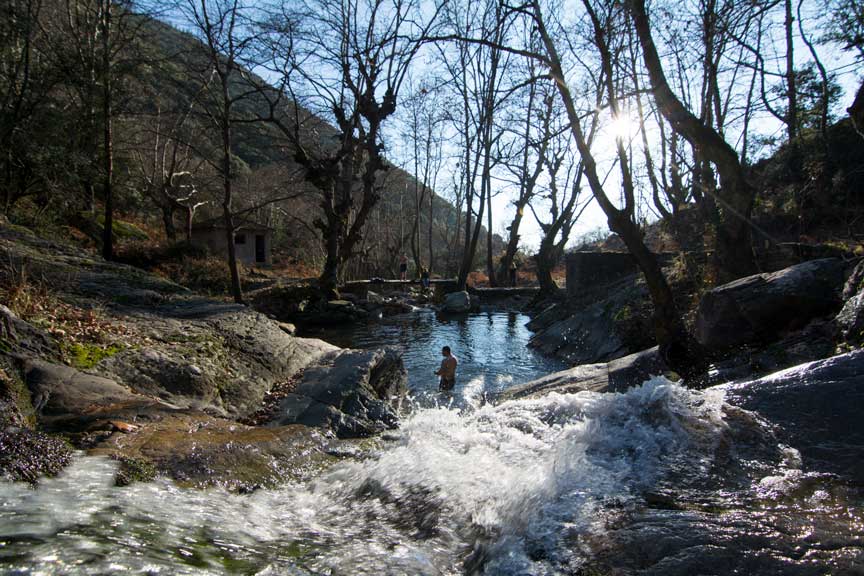
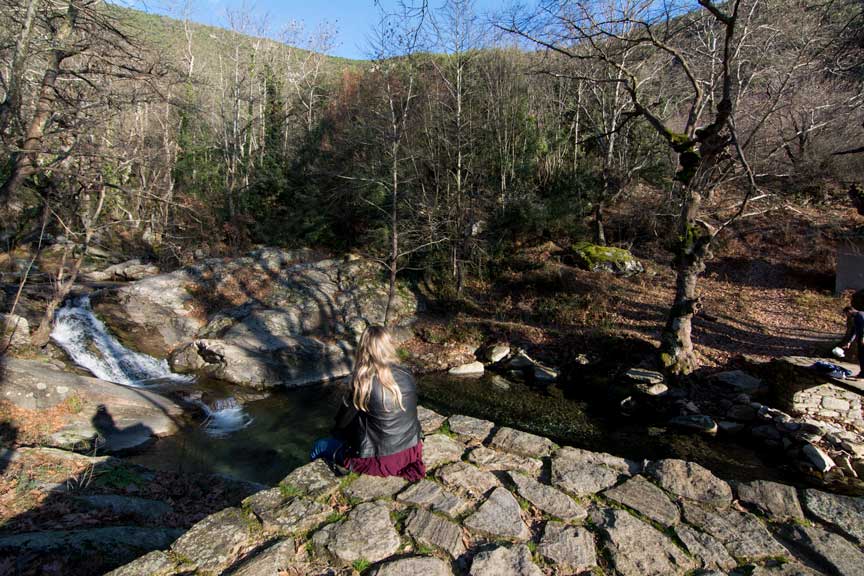
3 Domatia Village
Our last stop is the village of Domatia. The village of Domatia was one of the largest villages of Paggaio in the 20th century with 1000 permanent residents, all Muslims. Its former name was Samakovo. With the population exchange in 1923, 200 refugee families from the settlement of Domatia were settled in the area of Sokia in Asia Minor.

The village is famous for its arched bridges. During the Turkish occupation, six bridges were built, which have been declared historical monuments. The most impressive are the bridge in the square and the lower bridge in the square. It is worth stopping at the Rooms to walk around and see all the bridges.
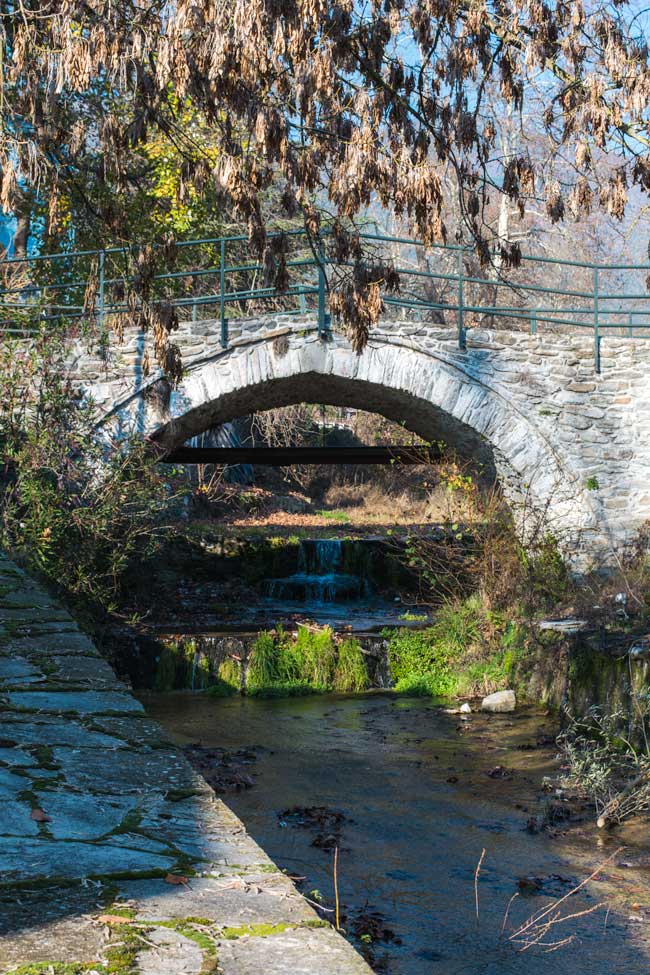
Organize now an excursion to discover the beauties of the prefecture of Kavala. Click here to find the accommodation that suits you.
We suggest you to have lunch in the “traditional café”. The place is very warm and in good weather you can enjoy the delicacies of the tavern under the plane trees in the square. If you are traveling with small children, we recommend the cafe “1913 Square”, which has a beautifully designed playground where adults can relax and children can have fun.
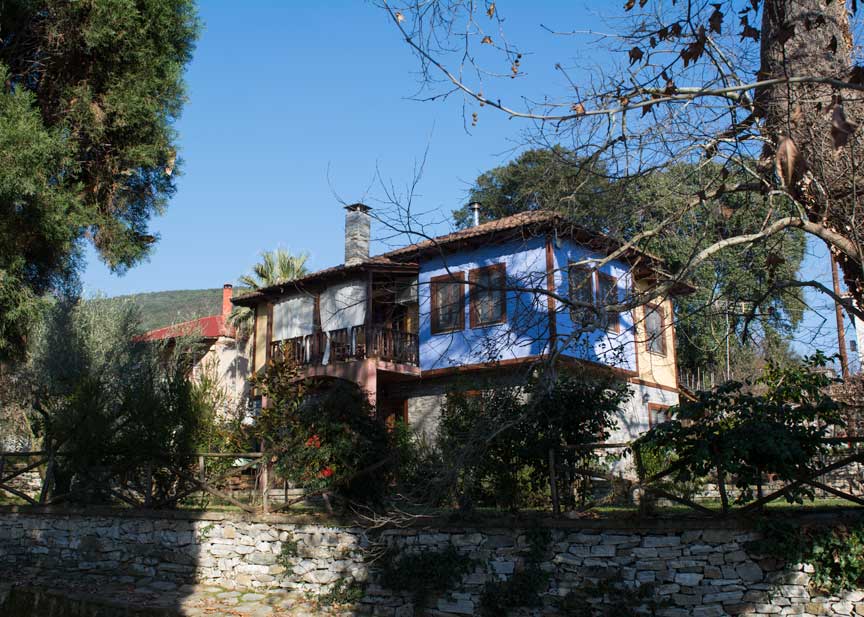
Another beautiful place to visit in Northern Greece is Goumenissa.
What to see in Goumenissa: A destination in Macedonia that few know about

